The medicinal virtues of plants are no longer to be proven. Moreover, since Antiquity, these plants have been used to remedy certain ailments, they are often called the simple ones. Natural medicine seems to be attracting many people again. Some plants are sedative, antiseptic, stimulating, anti-inflammatory… Here are 11 medicinal plants to grow in your garden.
Mint
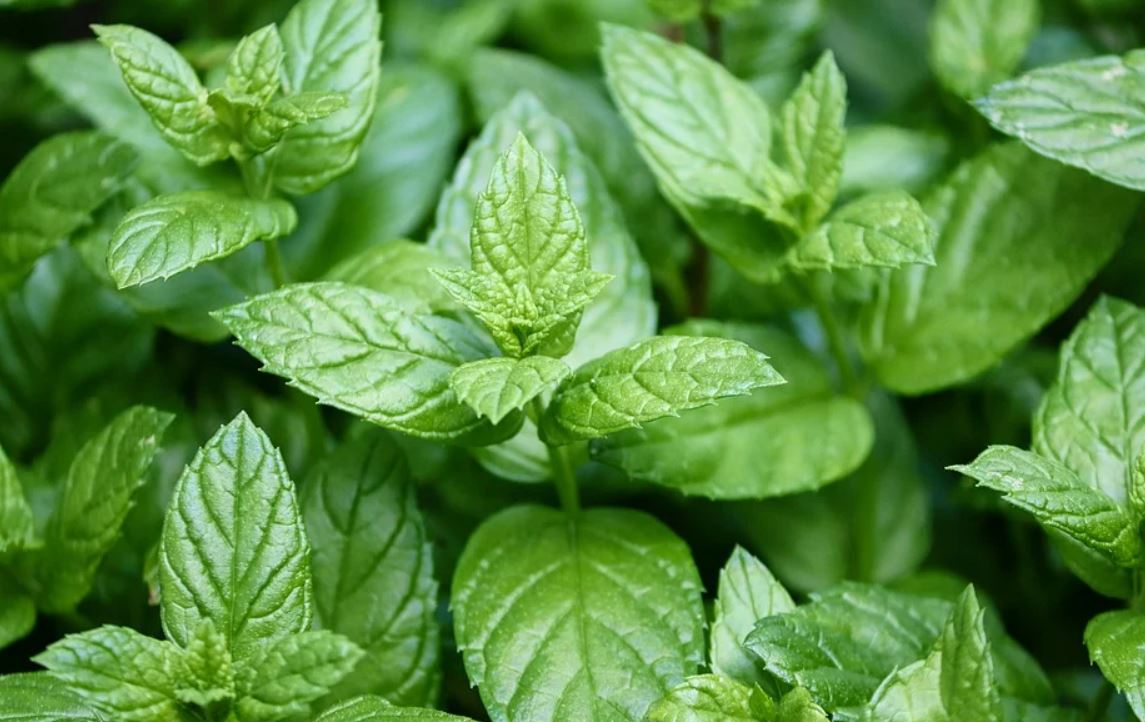
Mint and the different species of mint are renowned for their digestive properties. Pennyroyal, spearmint, peppermint…. All are concerned. It has the advantage of growing almost everywhere despite its appetite for rather cool and rich soils. It is recommended in the context of migraine and it is a stimulant of the nervous system.
Sage
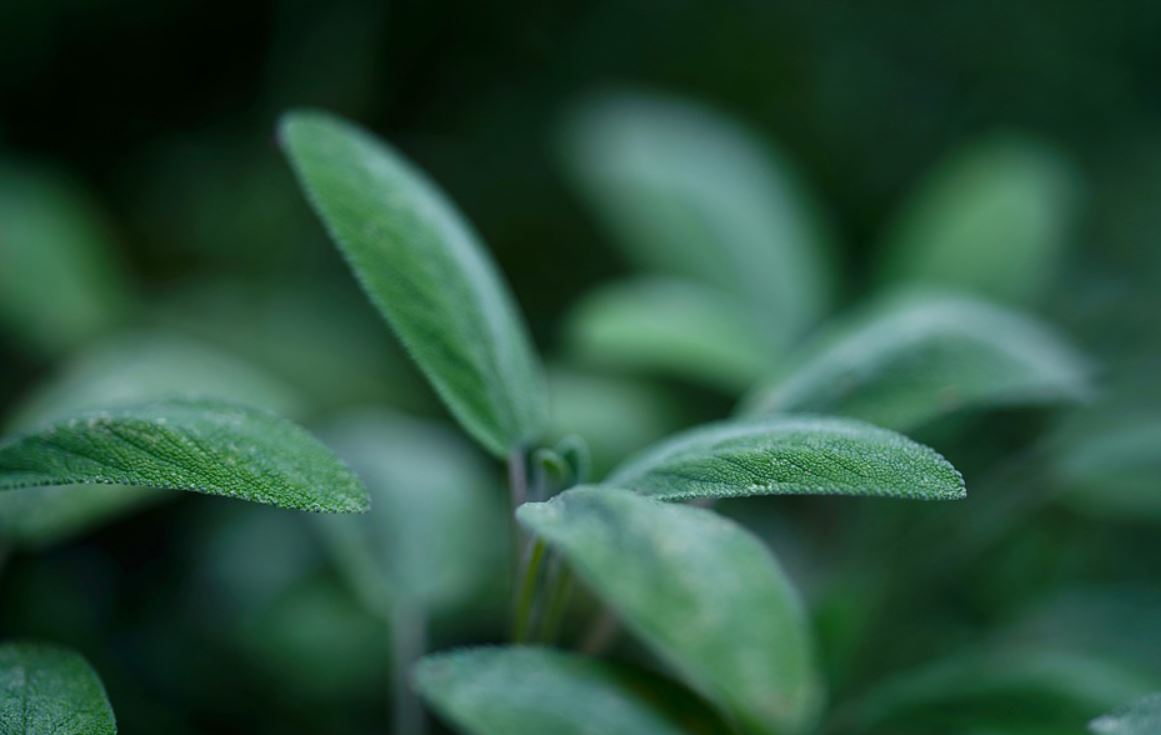
It is a plant appreciated in cooking, but also for its medicinal properties. She likes light and very well drained soils. It is widely used in herbalism, because it is known for its diuretic, stimulating, antispasmodic and digestive properties in particular.
Lavender
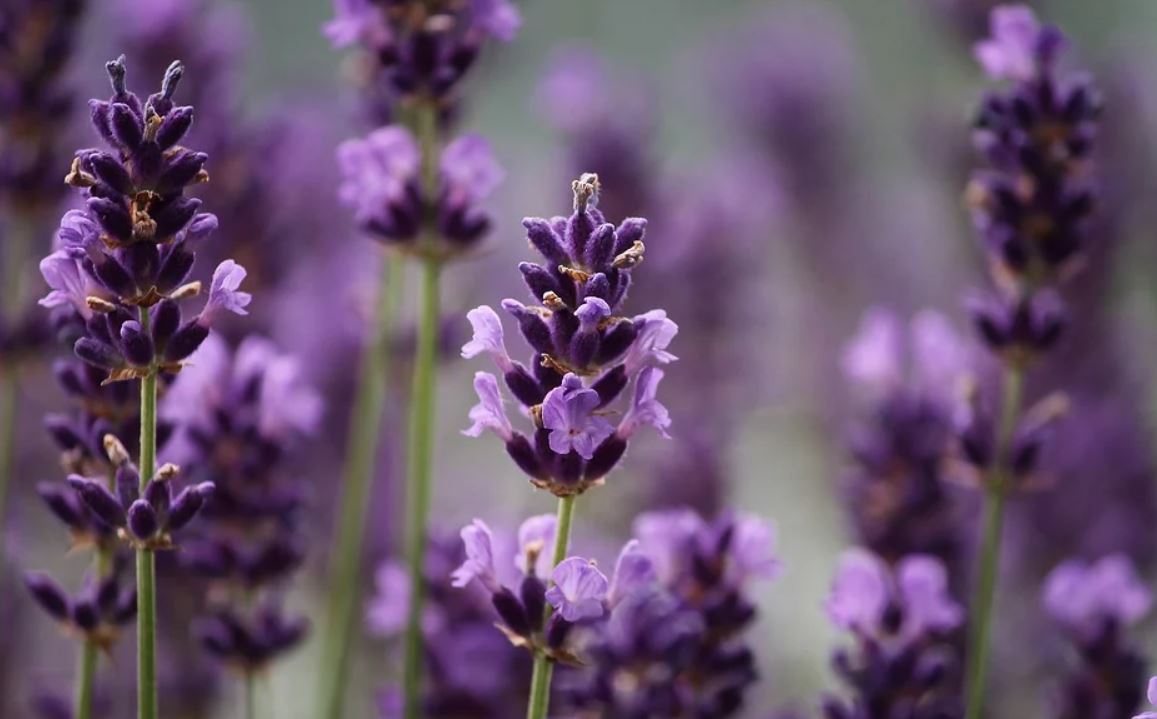
It is also a plant known for its antiseptic and healing actions in external use in particular and in the form of essential oil. In herbal tea, it has antispasmodic, sedative and stomachic properties, it calms stomach and intestinal pain and it helps digestion. It grows easily in calcareous soils and in full sun.
Chamomile

It is a plant well known for its antispasmodic, anti-inflammatory, aperitif, analgesic, digestive and vulnerary properties. It can also lighten hair and fight acne. It is undemanding, but appreciates sandy and fertile soils.
Garden marigold or Calendula officinalis

It is a plant that contributes to good digestion and helps in the healing of skin wounds. It is an anti-inflammatory that grows in all types of soil provided its location is very sunny.
Marshmallow or Althaea officinalis
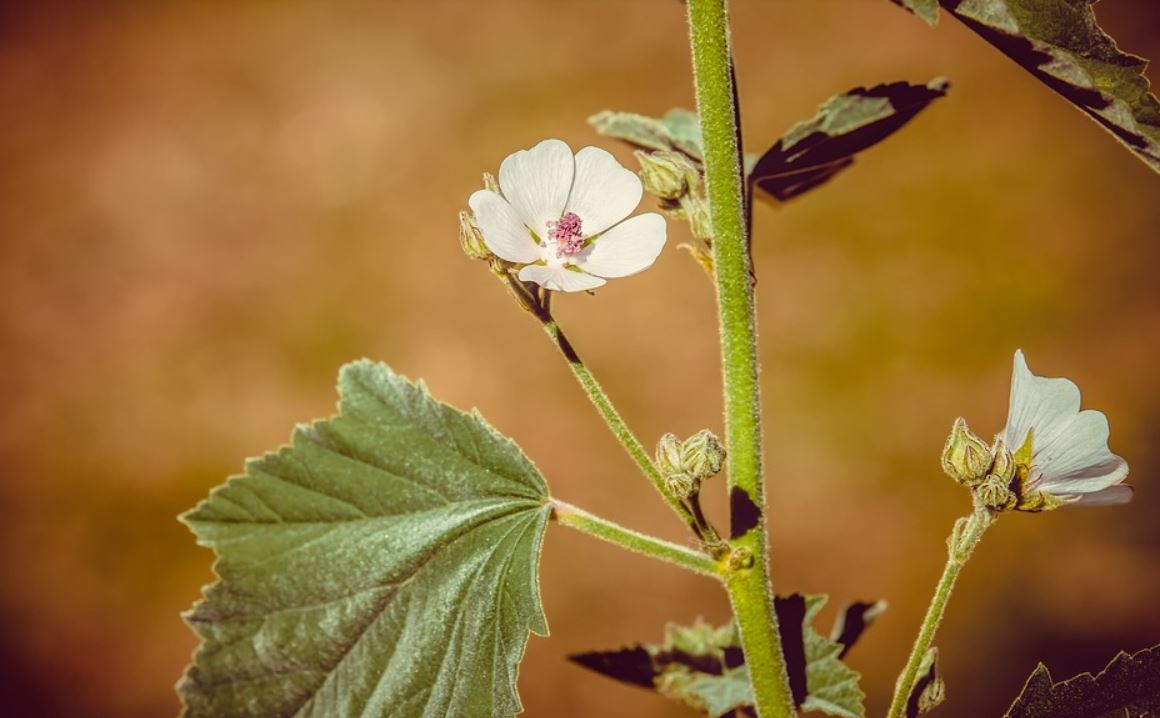
It is particularly recognized for its laxative, emollient and softening properties and it is also beneficial for coughs. All parts of the plant are used depending on the desired effects. It allows you to gargle against laryngitis, gingivitis, tracheitis or insect bites, bruises and bruises. She likes the sun and a draining and fertile soil, she does not like cold and wet winters.
Nettle (Urtica dioica)

Nettle is generally not appreciated since it is stinging and causes pain. However, it has many medicinal properties. It is remineralizing, depurative, galactogenic, hemostatic and diuretic. It is also rich in iron. She likes it everywhere, and whatever the exposure.
Valerian
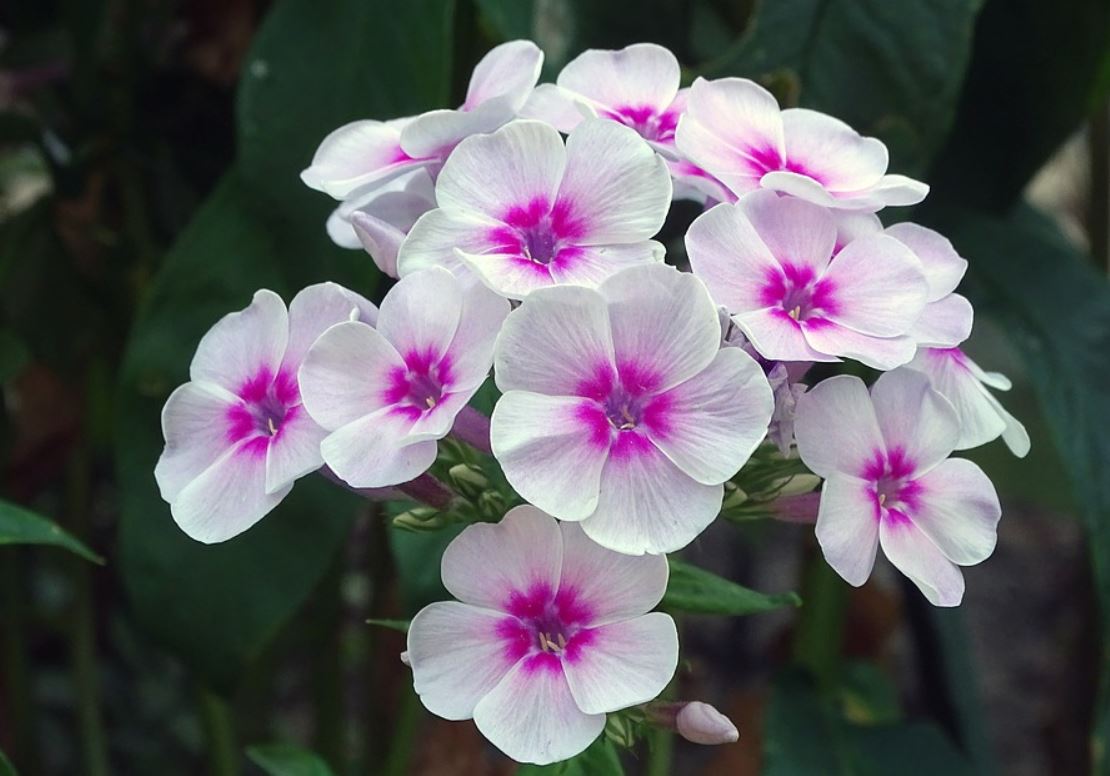
It is known as a sedative, but this is not its only asset, it also calms rheumatism, stomach pains and headaches. It fights against depression and nervousness and is indicated in respiratory and joint disorders. She likes humid areas, undergrowth and partial shade or the sun.
Lemon balm
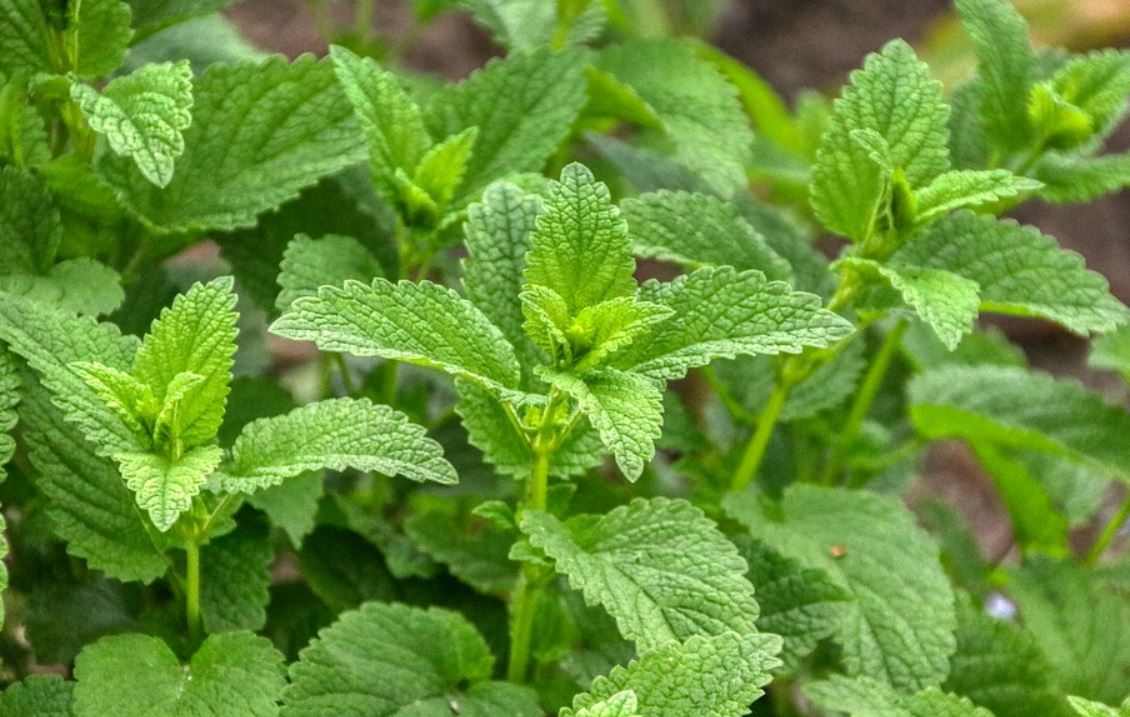
It is above all the perfect plant to help you digest since it promotes the production of gastric juices, soothes intestinal gas and abdominal spasms. The leaves are most often used. It is easy to grow and thrives everywhere, in sun or partial shade and on soils of all kinds.
Mountain savory
It is obviously used in cooking, but also for its medicinal properties. It fights against sore throats, but also against gas and bloating. It is also aphrodisiac and stimulating. It appreciates rocky, drained and sunny areas.
Rosemary
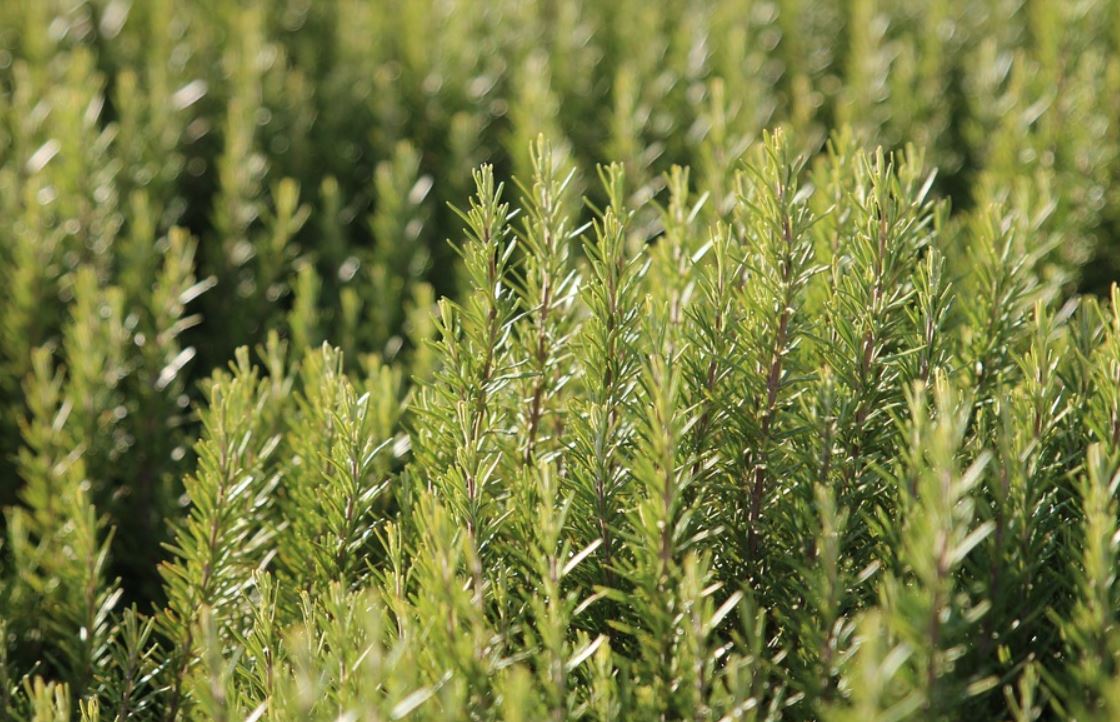
This plant, well known in the kitchen, is also an excellent tonic for the heart and the liver. It helps fight sinusitis and colds, as well as headaches. It stimulates memory and is recommended for aging people. It particularly likes rocky and arid soils and full sun exposure. It hardly appreciates wet and cold winters.
Read also : Plants and aromatic herbs: the complete guide to the best








